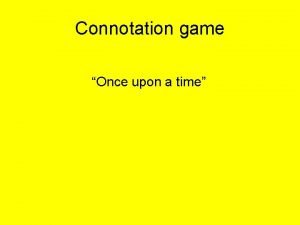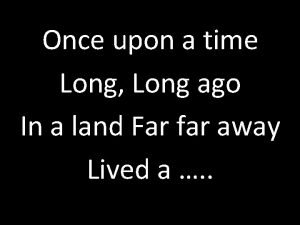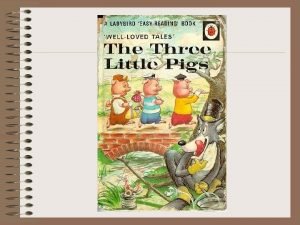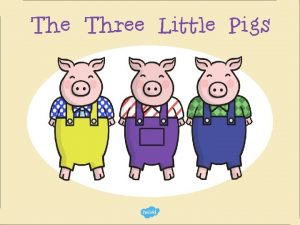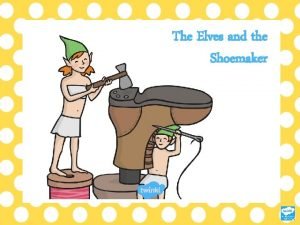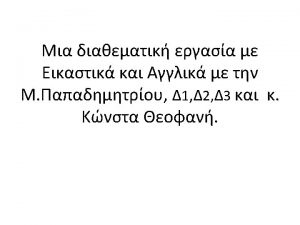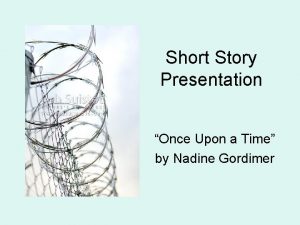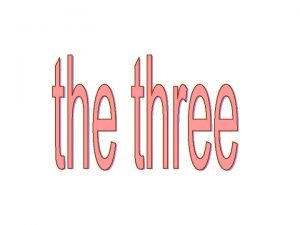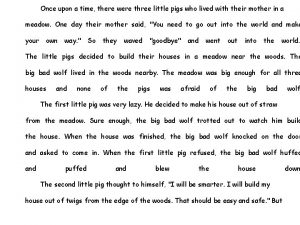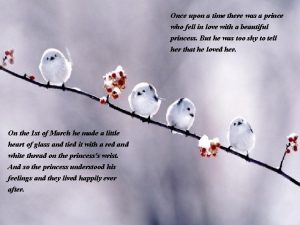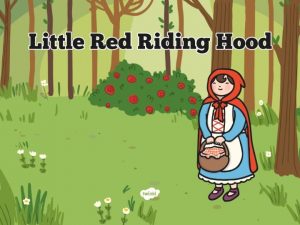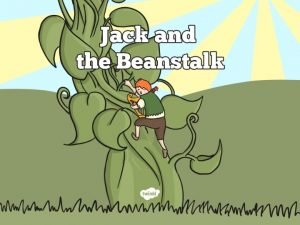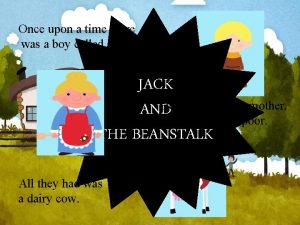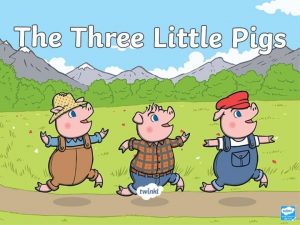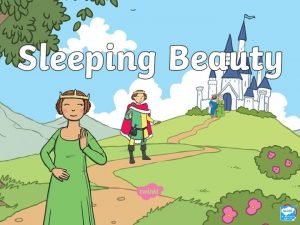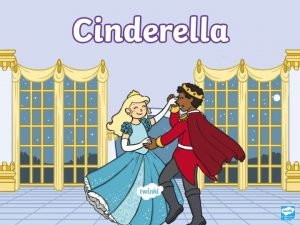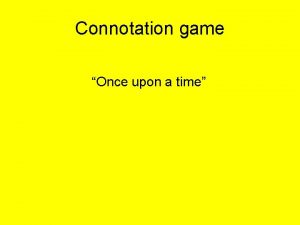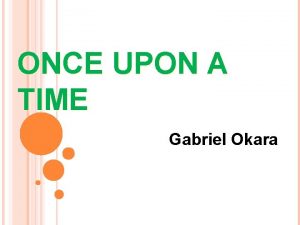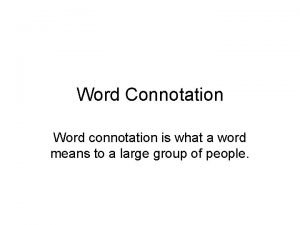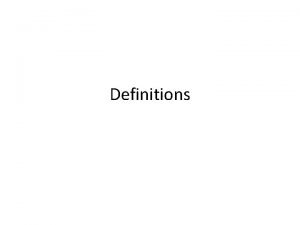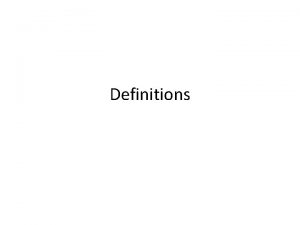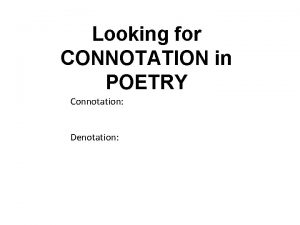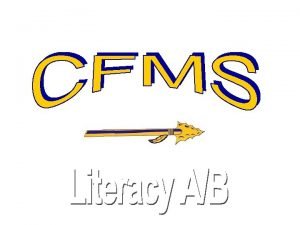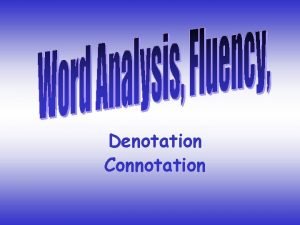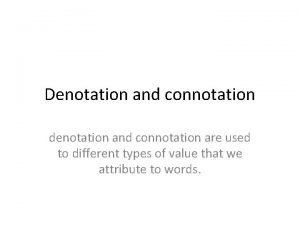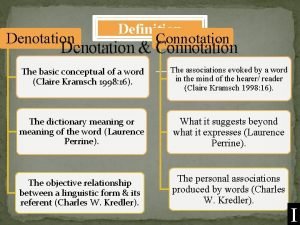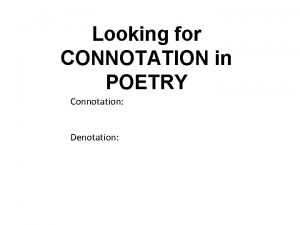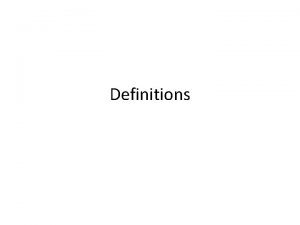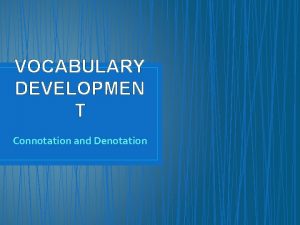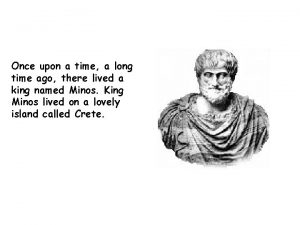Connotation game Once upon a time PLTS Creative





















- Slides: 21

Connotation game “Once upon a time”

PLTS: Creative thinker Independent enquirer Once upon a time L/O 1. Develop our critical response to the written word. 2. Show empathy for the speaker in a poem Creative response Empathy

or Creative thinkers… • generate ideas and explore possibilities • ask questions to extend their thinking • connect own and others’ ideas and experiences in inventive ways • question own and others’ assumptions • try out alternatives or new solutions and follow ideas through • adapt ideas as circumstances change Independent enquirers… • identify questions to answer and problems to resolve • explore issues, events or problems from different perspectives • analyse and evaluate information, judging its relevance and value • consider the influence of circumstances, beliefs and feelings on decisions and events • support conclusions, using reasoned arguments and evidence

Two questions to think about… Is it better to be kind or truthful? What’s the difference? Have you ever considered yourself to be two -faced?

Once Upon a Time Ha Once upon a time, son, They used to laugh with their hearts And laugh with their eyes: But now they only laugh with their teeth, Search behind my shadow. There was a time indeed They used to shake hands with their hearts: But that’s gone, son. Now they shake hands without hearts While they left hands search My empty pockets. ‘Feel at home’! ‘Come again’: They say, and when I come Again and feel At home, once, twice, There will be no thrice – For then I fond doors shut on me. So I have learned many things, son. I have learned to wear many faces Like dresses – homeface, Officeface, streetface, hostface, Cocktailface, with all their conforming smiles Like a fixed portrait smile. And I have learned too To laugh with only my teeth And shake hands without my heart. I have also learned to say, ‘goodbye’, When I mean ‘Good-riddance’: To say ‘Glad to meet you’, Without being glad; and to say ‘It’s been Nice talking to you’, after being bored. But believe me, son. I want to be what I used to be When I was like you. I want To unlearn all these muting things. Most of all, I want to relearn How to laugh, for my laugh in the mirror Shows only my teeth like a snake’s bare Fangs! So show me, son, How to laugh; show me how I used to laugh and smile Once upon a time when I was like you. Gabriel Okara

Poetry explosion: 10 minutes 5 Ws and a H § Who is the poem about? § What happens in the poem? § Where is it set? § When is it set? § Why do you think Gabriel Okara wrote the poem? § How does the poem make you feel?

Storyboard the main images in the poem: What is the story?

Plenary: • Compare notes • Share with a partner • Have you met the L/O? • Set yourself a realistic target for next lesson. . how can you challenge yourself?

PLTS: Creative thinker Independent enquirer Once upon a time L/O 1. Develop a critical and then creative response to the written word. 2. Show empathy for the speaker in a poem(TODAY) Creative response Empathy

Starter: On your MWB What is the poet’s message? What is empathy? How can we empathise with the speaker?

Analysing a poem Structure Meaning Imagery Language Effect on reader Spend 3 minutes adding notes to each piece of sugar paper.

Smile help! Structure: length of the verse. Mood / Tone: the mood of the poem and emotions developed. Imagery / Ideas: similes, metaphors, personification, enjambment, pathetic fallacy. Language: rhythm / rhyme, repetition, rhetorical questions, alliteration, onomatopoeia, enjambment, oxymoron Effect: the effect on the reader-thoughts and feelings

Plenary 1. Develop a critical response to a poem 2. Show empathy with the speaker 3. Develop a creative response to the written word Have you met L/O 1 and 2? WWW? EBI?

L/O 1. Develop a critical response to a poem 2. Show empathy with the speaker 3. Develop a creative response to the written word (TODAY)

Starter: Write as many synonyms as you can for: 1. Polite 2. Mean 3. Rude 4. Nice

PLTS: Creative thinker Independent enquirer Once upon a time L/O: Develop a creative response to the written word (TODAY) Creative response

How can we be successful as creative writers? • Create a checklist of success criteria in pairs on your MWB. • Use your APP sheet to help you

Creative writing • Could you use your favourite line as inspiration for a piece of narrative writing? • Could you use the speaker in this poem as a main character in a story? • Discuss with your partner.

Taking inspiration from the poem • Choose your favourite line from the poem. • Why do you like it?

• Create a mind map of ideas • Plan independently. • You need to be ready to write your story next lesson…enjoy!

1. Develop a critical and then creative response to the written word. 2. Show empathy for the speaker in a poem Review your PLTS sheet
 Plts gis
Plts gis Plts meaning
Plts meaning Once upon a time a long long time ago
Once upon a time a long long time ago Once upon a long time ago
Once upon a long time ago There was a
There was a Once upon a time three little pigs
Once upon a time three little pigs The shoemaker and his wife mary lived
The shoemaker and his wife mary lived Once upon a time seven dwarfs
Once upon a time seven dwarfs Nadine gordimer once upon a time theme
Nadine gordimer once upon a time theme Poem once upon a time
Poem once upon a time ピノッキオ once upon a time
ピノッキオ once upon a time Once upon a time there were three friends
Once upon a time there were three friends Once there lived three little pigs
Once there lived three little pigs Once there was a prince
Once there was a prince Once upon a time there was a girl called
Once upon a time there was a girl called There was a child
There was a child Once there was a boy who was so lazy
Once there was a boy who was so lazy Once upon a time there was a boy called jack
Once upon a time there was a boy called jack Once upon a time there was three little pigs
Once upon a time there was three little pigs Once upon a time there was a little girl
Once upon a time there was a little girl Once upon a time there lived
Once upon a time there lived Cinderella never looked that good lovely lady.
Cinderella never looked that good lovely lady.

